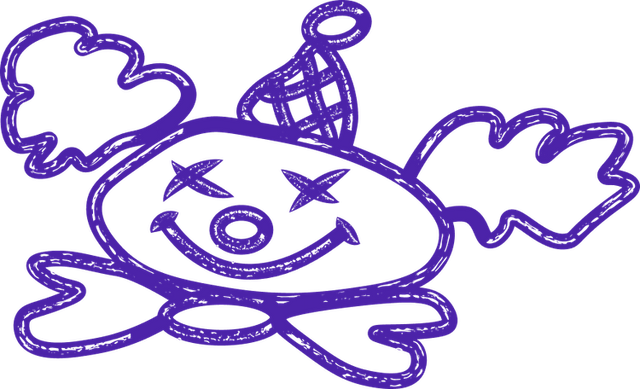
what is web crawling techniques
Web Crawling Techniques
Web crawling techniques, also known as web scraping or spidering, refer to the automated process of extracting information from websites. This technique involves the use of specialized software programs called web crawlers or spiders that navigate through web pages, collecting data and indexing it for various purposes.
Web crawling techniques are widely used in the field of data mining, research, market analysis, content aggregation, and many other applications. These techniques enable businesses and individuals to gather large amounts of data from the internet efficiently, saving valuable time and resources.
There are several web crawling techniques employed to extract data from websites. Let's explore some of the commonly used ones:
1. Basic Crawling:
Basic crawling is the simplest form of web crawling technique. It involves the crawler visiting web pages and following links to other pages within the same domain. The crawler starts from a seed URL and recursively explores the website, extracting relevant data from each page it encounters.
2. Focused Crawling:
Focused crawling is a more advanced technique that focuses on specific topics or domains. Instead of crawling the entire website, the crawler targets specific pages or sections that are relevant to the desired data. This technique is useful for extracting data from large websites with diverse content.
3. Incremental Crawling:
Incremental crawling is a technique used to update previously crawled websites. Rather than crawling the entire website again, the crawler only visits the pages that have been modified since the last crawl. This approach saves time and resources by only retrieving the updated data.
4. Deep Web Crawling:
Deep web crawling involves accessing and extracting data from web pages that are not indexed by traditional search engines. These pages are typically hidden behind forms, login screens, or other access restrictions. Deep web crawling requires specialized techniques to navigate and retrieve data from these hidden pages.
5. Parallel Crawling:
Parallel crawling is a technique that involves running multiple crawlers simultaneously to speed up the data extraction process. Each crawler operates independently, crawling different sections of the website in parallel. This technique allows for faster data retrieval and is particularly useful for large-scale crawling tasks.
Web crawling techniques can be further enhanced by incorporating various strategies such as politeness policies, which ensure that crawlers do not overload websites with excessive requests, and duplicate detection mechanisms, which prevent the extraction of redundant data.
In conclusion, web crawling techniques are essential tools for extracting valuable data from websites. These techniques enable businesses, researchers, and individuals to gather large amounts of information efficiently and effectively. By employing different crawling strategies, such as basic crawling, focused crawling, incremental crawling, deep web crawling, and parallel crawling, web crawlers can navigate through websites, collect data, and contribute to various applications, including data mining, market analysis, and content aggregation.
Let’s build your next digital product — faster, safer, smarter.
Book a free consultationWork with a team trusted by top-tier companies.








